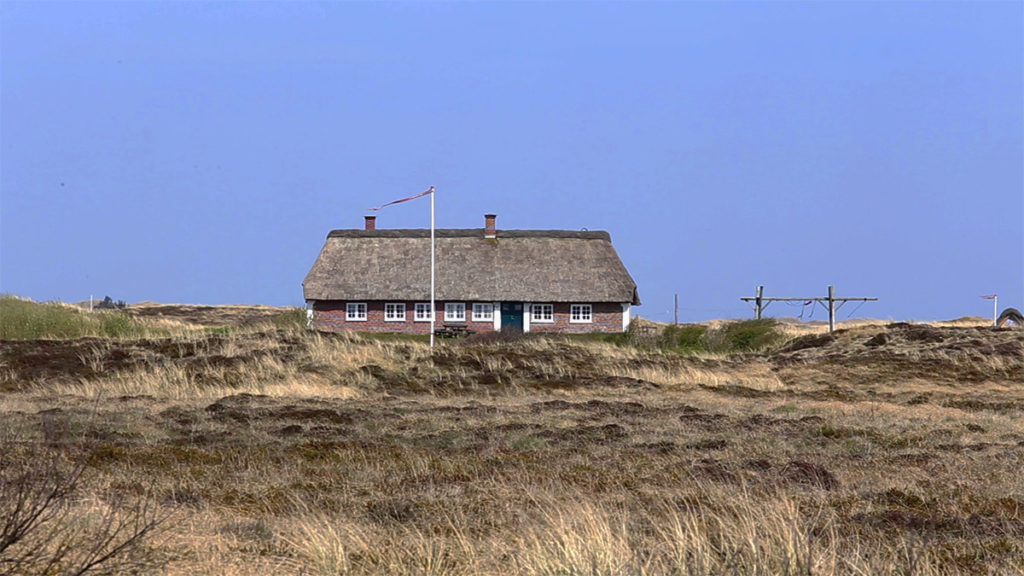Motourama Part 11: The West Coast Sideways
Hello family, friends and followers! The adventure of our trip up the Danish west coast will be the focus of this Travel Story. An adventure, where the wind once again dictated our top speed and fuel economy.
With the bikes loaded up, we set off from Bork Havn, with a brisk wind coming from the east. This wind was going to prove challenging as the day progressed, but we’ll get back to that. The west coast road up through Denmark is one of the most scenic roads, as you drive for long stretches in dune landscape on thin strips of land with the sea on one side and fjords on the other. There’s nothing quite like it anywhere else in the world. A substantial amount of the houses along the road is fitted with thatched roofing, as the straws are abundant in the region. It has been a traditional roofing material since as far back as the viking age. On the way up the coast, we passed a thatcher working in one of the swampy straw fields, preparing the collected thatches, bundling them and cleaning the bundles.

As we were quite intrigued with the whole process of thatched roofs, we parked the motorcycles and approached him, asking if it was okay if we could look at him working and hear him tell about the process. He was happy that a couple of young people were interested in what is essentially a shrinking industry. He told us, that only very few people opt for straw roofing on their houses, as the process is more expensive than off the shelf roof tiles, and has to be replaced after about 40 years. When they harvest the thatching, they do it in winter and have tractors with huge balloon wheels to help them prevent sinking in to the marshy ground. At the moment, there is more straws than is needed to thatch houses in Denmark, so a lot is left standing.

A typical thatched house on the west coast of Denmark.
Having satiated our curiosity, we continued onward and upward along the road, stopping only for smurte rundstykker med rullepølse (bread buns smeared with butter and a slice of rolled up, seasoned pork meat, which we ate in the dunes – deliciousness in the middle of nature. Perfect), fuel and a ferry.

Esben is doing a celebratory roll of joy for the delicousness that is happening in his mouth.
Now, back to the wind. All the way up along the coast, we had an almost constant sideways angle of about 20°, leaning into the wind. Even though it was no head wind, the bikes refused to keep the allowed speed of 80 km/h, and our mileage suffered again: only 23 km/l. When we were waiting for the ferry to take us across the western opening of Limfjorden near Thyborøn, we noticed that our tires had been worn visibly on the side leaning into the wind.

Denise is waiting for the ferry, defying the wind.
The ferry itself seemed to pay no heed to the wind. It steadily approached the pier and moored without a fuss. You could tell it wasn’t the captain’s first bit of wind.

Steady and straight.
It only took 20 minutes to cross, and we were let out into the strong winds once again. The rest of the day went remarkably unremarkable. The side wind turned to headwind, as we started making our way eastward to Sæby, which is located on the east coast of Nordjylland (the northern most region of Denmark), but the roads were good, and we made it to Sæby in a total of 8 hours on the road, including eating rundstykker and waiting for the ferry. An easy day.
Until next time, keep the wind in your back!
